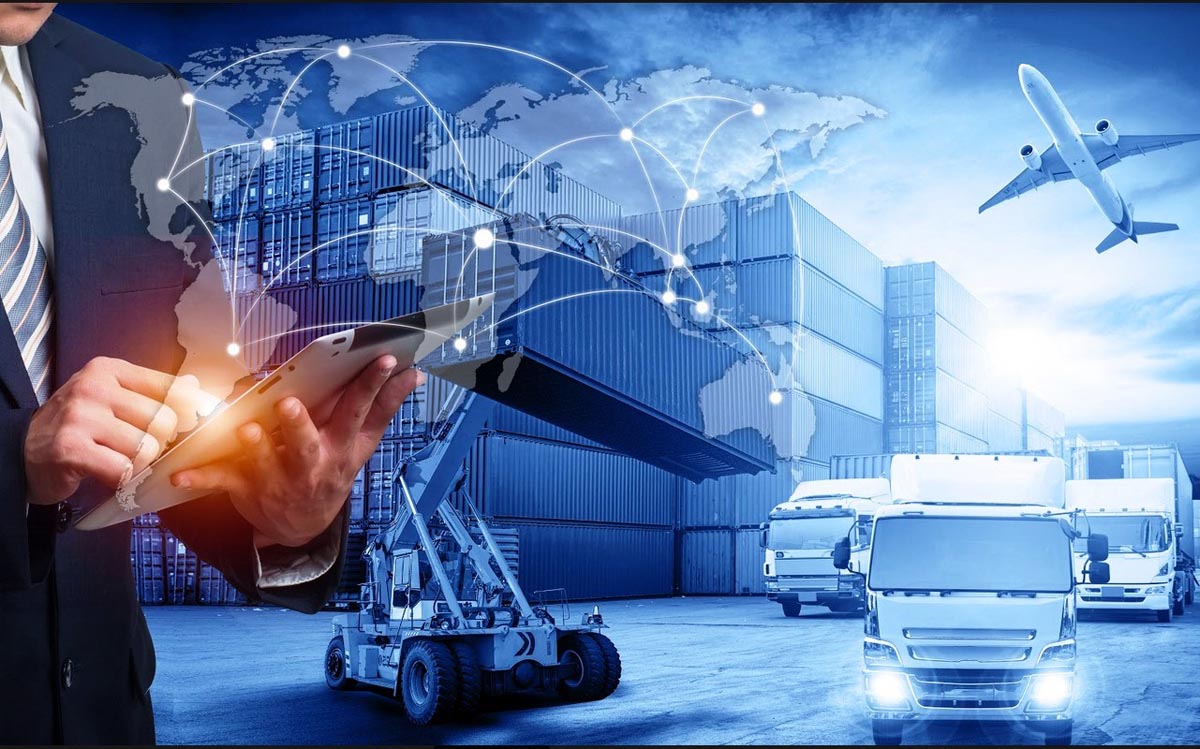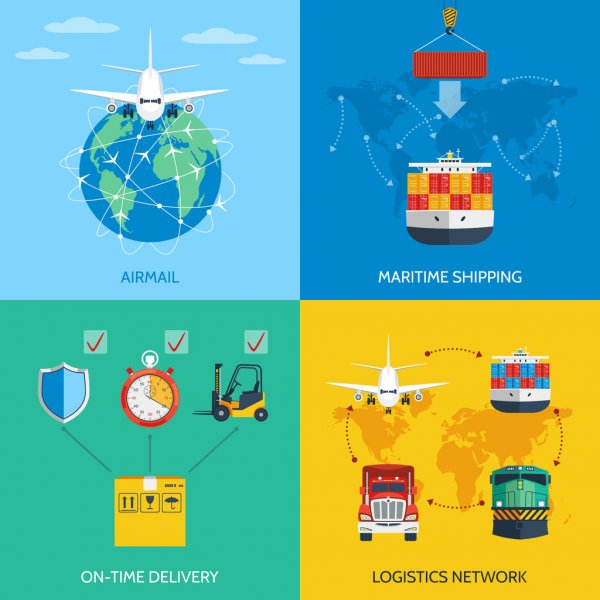
Transport logistics in Ukraine occupies an important place in the activities of each enterprise. This is the part of science that focuses on transportation management. Delivery of products to customers can be carried out by personal transport or by transport of a logistics company.
In general, transport logistics is a field of activity that is responsible for organizing the delivery of goods when moving it from the place of production to the place of final consumption along the optimal route for the approved time with the lowest cost. That is, it is a well-organized transportation of goods.
Transport logistics features
Internal logistics organizes the movement of goods between warehouses and stores of the company, and external logistics between different enterprises, supplier and seller. Transportation can be carried out by one transport (unimodal), several types under the control of one carrier (multimodal), two or more modes of transport (combined).
Transport, as an integral part of logistics, consumes about 50% of all costs. The costs of transport logistics are summed up from the cost of transporting the goods (tariff or freight rate). How to improve the quality of logistic customer service? How to protect yourself from transport downtime and improve the safety of cargo transportation? Proper management of transportation requires serious knowledge in the field of economics and law, as well as a good understanding of all the nuances of the logistics sector.
How transport logistics works
Transport logistics deals with a variety of tasks that control transport and warehouse processes using various means of communication. The characteristics of the cargo, such as dimensions and weight, directly affect the choice of a suitable carrying capacity of a vehicle and a mode of transport (road, air, sea, rail).
When choosing a carrier or freight forwarder, it is best to choose those who have experience working with the type of cargo you need. There may be situations when a warehouse is needed to place the cargo before the arrival of the transport. In this case, planning the process in accordance with all the required norms plays an important role. An estimate is made that will show the cost of transportation, and all the necessary documents are drawn up.

The route along which the delivery of goods will take place is calculated from the point of departure to the point of destination. Moreover, it should be as short as possible. The task of creating a route will allow you to minimize the mileage of vehicles and reduce the cost of transportation. Companies use modern navigation devices to avoid delays in the route or correct it in time.
The transport logistics automation process is controlled by the TMS (Transport Management System) logistics programs. They allow you to select a route, adjust it and monitor the condition of the vehicle.
The convenience of using TMS lies in the fact that it can be used to calculate the cost of transportation by various types of vehicles, to take into account customs costs and costs of loading and unloading operations. It is possible to establish inappropriate use of transport and unreasonable downtime. In addition, they have the functions of creating a timetable for the work of objects, from customs documents to route sheets.
Thanks to transport, the logistics process of goods movement is transformed into a single technological chain. Transportation is one of the key logistic functions, and planning and organizing the delivery of goods, processing the necessary documents are additional functions.
Contractual and insurance support for transportation is another important aspect in logistics, because responsibility for the loss of a product of its consumer properties should be spelled out in the contract for the transportation. Thus, all risks are reduced by insuring the cargo itself.
Conclusion
Transport logistics is an integral part of the logistics system. High-quality transport and warehouse logistics is a combination that ensures the company’s entry into new market positions thanks to a well-coordinated supply chain. To ensure the unity of transport and warehouse processes, control by real professionals is required. The material product must be delivered to the place of its further use.



